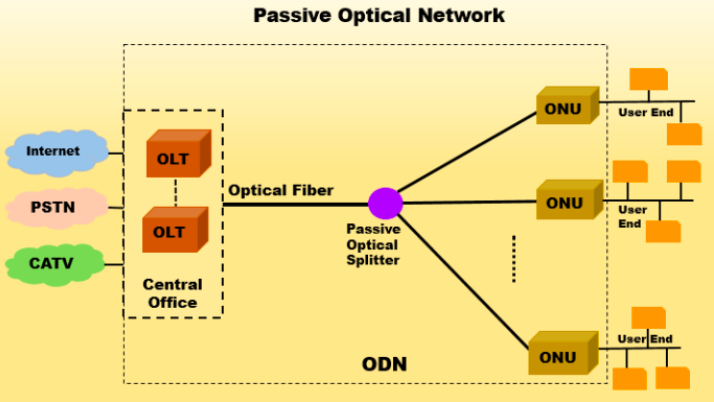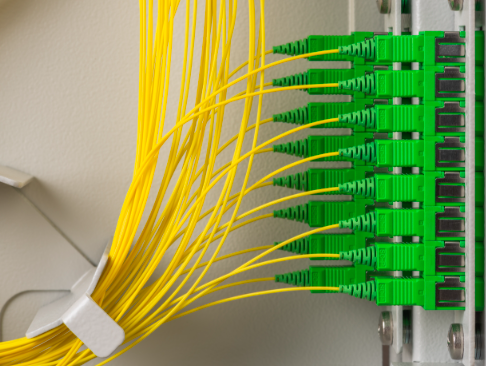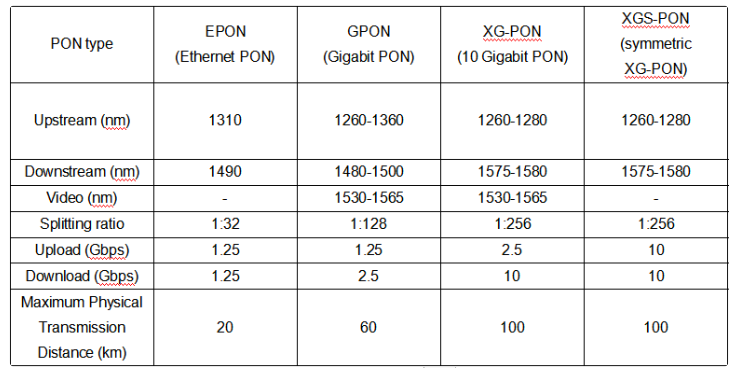What Is XG(S)-PON?
XG(S)-PON is evolved from the existing GPON technology, the XG-PON is with the bandwidth of 10G for downstream and 2.5G for upstream, XGS-PON with the bandwidth of 10G for downstream and 10G for upstream. XGS-PON is a higher bandwidth, symmetric version of GPON. Again, the same capabilities of GPON and can co-exist on the same fiber with GPON.
Specification Differences Among GPON, XG-PON and XGS-PON



